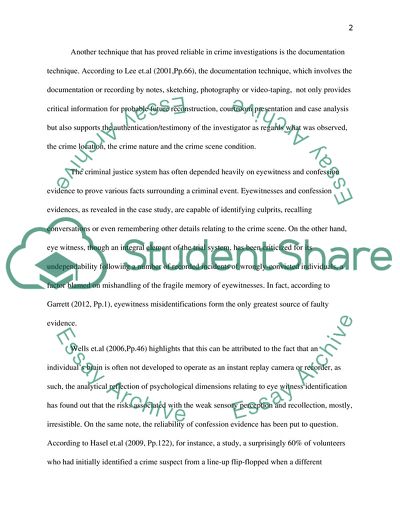Cite this document
(Reliability of Evidence Case Study Example | Topics and Well Written Essays - 1500 words, n.d.)
Reliability of Evidence Case Study Example | Topics and Well Written Essays - 1500 words. https://studentshare.org/law/1821095-reliability-of-evidence
Reliability of Evidence Case Study Example | Topics and Well Written Essays - 1500 words. https://studentshare.org/law/1821095-reliability-of-evidence
(Reliability of Evidence Case Study Example | Topics and Well Written Essays - 1500 Words)
Reliability of Evidence Case Study Example | Topics and Well Written Essays - 1500 Words. https://studentshare.org/law/1821095-reliability-of-evidence.
Reliability of Evidence Case Study Example | Topics and Well Written Essays - 1500 Words. https://studentshare.org/law/1821095-reliability-of-evidence.
“Reliability of Evidence Case Study Example | Topics and Well Written Essays - 1500 Words”. https://studentshare.org/law/1821095-reliability-of-evidence.


